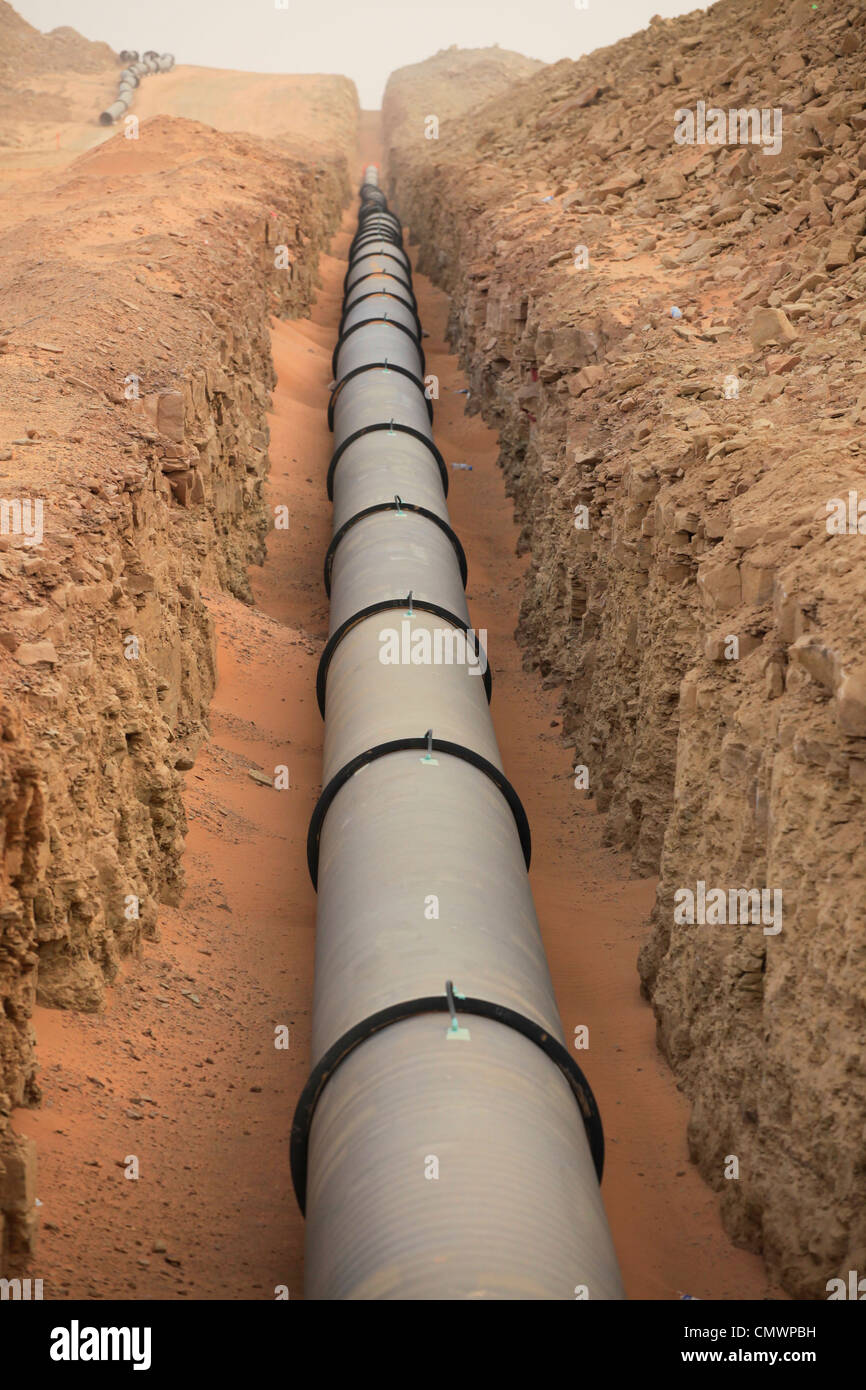


The SWP typically evaluates the allocation forecasts monthly using the latest snow survey data, reservoir storage and spring runoff forecasts. Formally known as Article 21 water, this water does not count toward formal SWP allocation amounts. Taking advantage of the extreme high flows in the system, the SWP is making additional water available to any contractor that has the ability to store the water in its own system, including through groundwater recharge. It’s certainly been a welcome improvement following the three driest years on record for California.” “We’ve been able to manage the system to the benefit of communities, agriculture and the environment. It really demonstrates that in times of plenty, we need to move as much water into storage as is feasible,” said DWR Director Karla Nemeth. “California continues to experience weather whiplash, going from extreme drought to at least 19 atmospheric rivers since late December. Rainfall has also allowed for robust flows through the system, providing adequate water supply for the environment and endangered fish species while allowing the SWP to pump the maximum amount of water allowed under state and federal permits into reservoir storage south of the Sacramento-San Joaquin Delta. The increase translates to an additional 1.7 million acre-feet of water for the 29 public water agencies that serve 27 million Californians.Ĭonsistent storms in late February and March have built up the Sierra snowpack to more than double the amount that California typically sees this time of year. SACRAMENTO, Calif. – The Department of Water Resources (DWR) today announced a significant boost in the forecasted State Water Project (SWP) deliveries this year due to continued winter storms in March and a massive Sierra snowpack.ĭWR now expects to deliver 75 percent of requested water supplies, up from 35 percent announced in February.


 0 kommentar(er)
0 kommentar(er)
